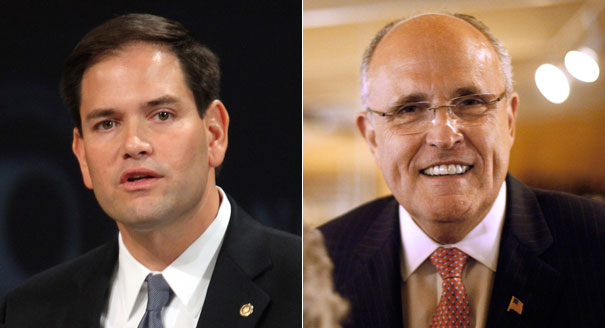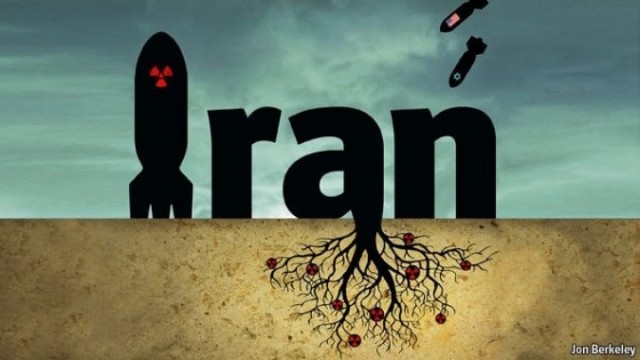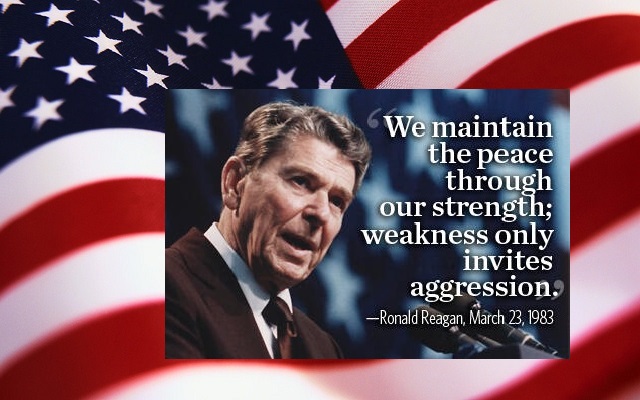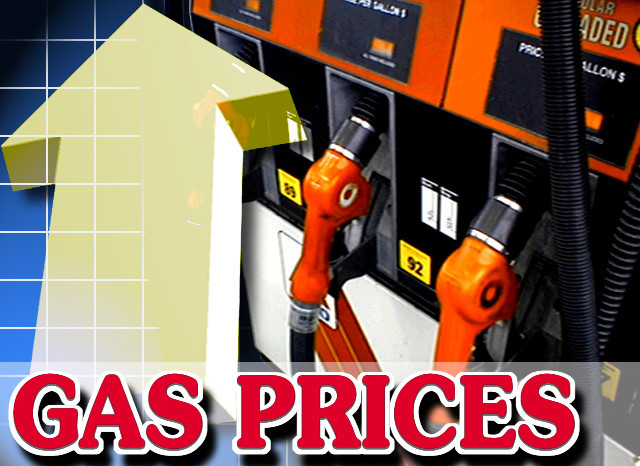While China and Russia are upgrading their nuclear weapons inventory and are going forward with advance nuclear weapons research, and while Iran is developing nuclear weapons, the Executive Branch has been degrading America’s once superior and advanced nuclear weapons technology capability. The once most powerful U.S. nuclear weapons research facility in the world is rapidly falling behind Russia and China. Please read the below article by VADM Robert R. Monroe, USN (Ret).
Sandia Lab0ratory scientists have ceased doing exploratory and research work to avoid technology surprise by other nuclear powers, and work on new smaller and more effective design nuclear weapons has ceased all together. The U.S.‘s unilateral cessation of safe underground testing has prevented scientist from testing our aging nuclear weapons, and allowing the United States with the ability to replace them with modern smaller, more effective, and safer weapons—it leaves the Republic at the mercy of the Chinese and the Russians who have no such limitations and are progressing rapidly.
“Peace through Strength”, a policy that the endorsed Combat Veterans For Congress support, could be achieved by having a modern and more effective nuclear weapons inventory. That policy has been shouted down by leftist and Socialist supporters of the Obama administration in the U.S. Congress.
The endorsed Combat Veterans For Congress who are running for election in 2014 will fight to reverse the current U.S. Nuclear Weapons policy that is putting the nation at great risk–please give them your support.
INVESTOR’S BUSINESS DAILY
September 12, 2014
U.S.’ Nuclear Weapons Policy Puts Country At Great Risk
By ROBERT R. MONROE
At the dawn of the nuclear era, when America created its nuclear weapons laboratories (Los Alamos, Livermore and Sandia), one of their primary missions was to avoid technological surprise.
The labs were charged to conduct advanced nuclear weapons research, development and testing of all types so that no adversary could ever take us unawares by producing some new and dangerous types of nuclear weapons.
The labs performed this mission superbly throughout World War II and the five decades of the Cold War. For over half a century our nuclear weapons and related advanced technological capabilities were supreme in the world.
But since 1992, the U.S. government — executive branch and Congress — has actively prevented the labs from doing work of this type. For 23 years Democrats and Republicans, using laws, regulations and denials of funding, progressively restricted the labs from taking any of these needed actions.
Lab scientists have not been able to even think about new weapons, exploratory work has ceased to exist and the high-priority mission of avoiding technological surprise has been closed down.
These grave mistakes resulted from the simplistic belief that they would help prevent nuclear proliferation. Wiser voices, making the obvious point that true national security — and effective prevention of nuclear proliferation — lay in nuclear weapons strength, were shouted down.
This two-decade rampage has resulted in a staggering list of national disabilities:
- Most damaging is President Bush’s unilateral 1992 moratorium on underground nuclear testing. It bars the labs from essential testing of our overage nuclear stockpile, prevents development of relevant replacement weapons, denies our scientists use of the scientific method (the basis of all advancement) and leaves us at the mercy of Russia, China and other adversaries.
- From 1993-2003 Congress explicitly made it illegal to carry out any research or development on low-yield nuclear weapons, which are vital to deter today’s grave new nuclear threats. This established the wrong mindset in a generation of lab scientists which still exists.
- In 1989 the executive branch shut down the nation’s only facility to produce plutonium pits — the hearts of nuclear weapons — making us the only nuclear weapons state in the world unable to produce nuclear arms. Since then, executive branch fumbling and congressional denials have combined to prevent replacement of this absolutely essential production facility. If a decision were made today, it would still be 10 to 15 years before pit production could start.
- In 1996 President Clinton signed the extremely damaging Comprehensive Test Ban Treaty, which denies nuclear weapons testing for all time. The Senate emphatically rejected ratification in 1999, but several adverse effects of the signing remain and President Obama is determined to get it ratified. The CTBT has an overpoweringly adverse effect on the labs.
- In 2003 the executive branch belatedly proposed three important new nuclear weapons programs. The Advanced Concepts Initiative would have enabled the labs to commence research and development on advanced nukes. The Robust Nuclear Earth Penetrator program would have met the mushrooming threat of hard, deeply buried targets. The Enhanced Test Readiness program would have enabled the president, in a national emergency, to conduct an underground test within one to two years, rather than the current three to five. Congress delayed, then killed, all three programs.
- In 2005 the Reliable Replacement Warhead program was proposed. Because it had no new military capabilities, it gained fragile bipartisan support. However, Congress soon backwatered on it, and Obama killed it in 2009 as not befitting his “world without nuclear weapons” vision.
- The 2010 Nuclear Posture Review, which established the overall nuclear policy of the current administration, provided the blueprint for U.S. nuclear weakness, a stark reversal from the role of U.S. nuclear weapons strength that had been established and maintained by 12 Presidents (six Democrats, six Republicans) throughout the prior seven decades.
- The urgently needed modernization program for the labs and America’s nuclear weapons infrastructure, formally agreed to by Obama in return for Senate approval of New START treaty ratification in 2010, has been progressively dismantled by both branches ever since.
These eight actions — and many others — by our national leadership have emasculated the labs’ ability to protect us from technological surprise in nuclear weapons.
Meanwhile, for two decades Russia has been following exactly the opposite course. Its nuclear weapons labs have focused on low-yield weapons research, design, testing and production. It’s pursued advanced concepts, fifth-generation weapons and greater use of fusion and less of fission (possibly achieving pure fusion).
Such weapons might well emit only neutrons and gamma rays, and their tactics of use would be ones we’ve never seen. Furthermore, Russia’s new strategy calls for early use of nuclear weapons in all conflicts, large and small.
America’s current nuclear weapons course is one of grave risk. Our policy documents emphasize that “nuclear stability” must be our goal, yet the technological surprise we are encouraging by our actions is the antithesis of stability. We must return to a policy of nuclear strength.
ABOUT ROBERT R. MONROE
Robert R. Monroe is a retired Navy Vice Admiral and former director of the Defense Nuclear Agency.







